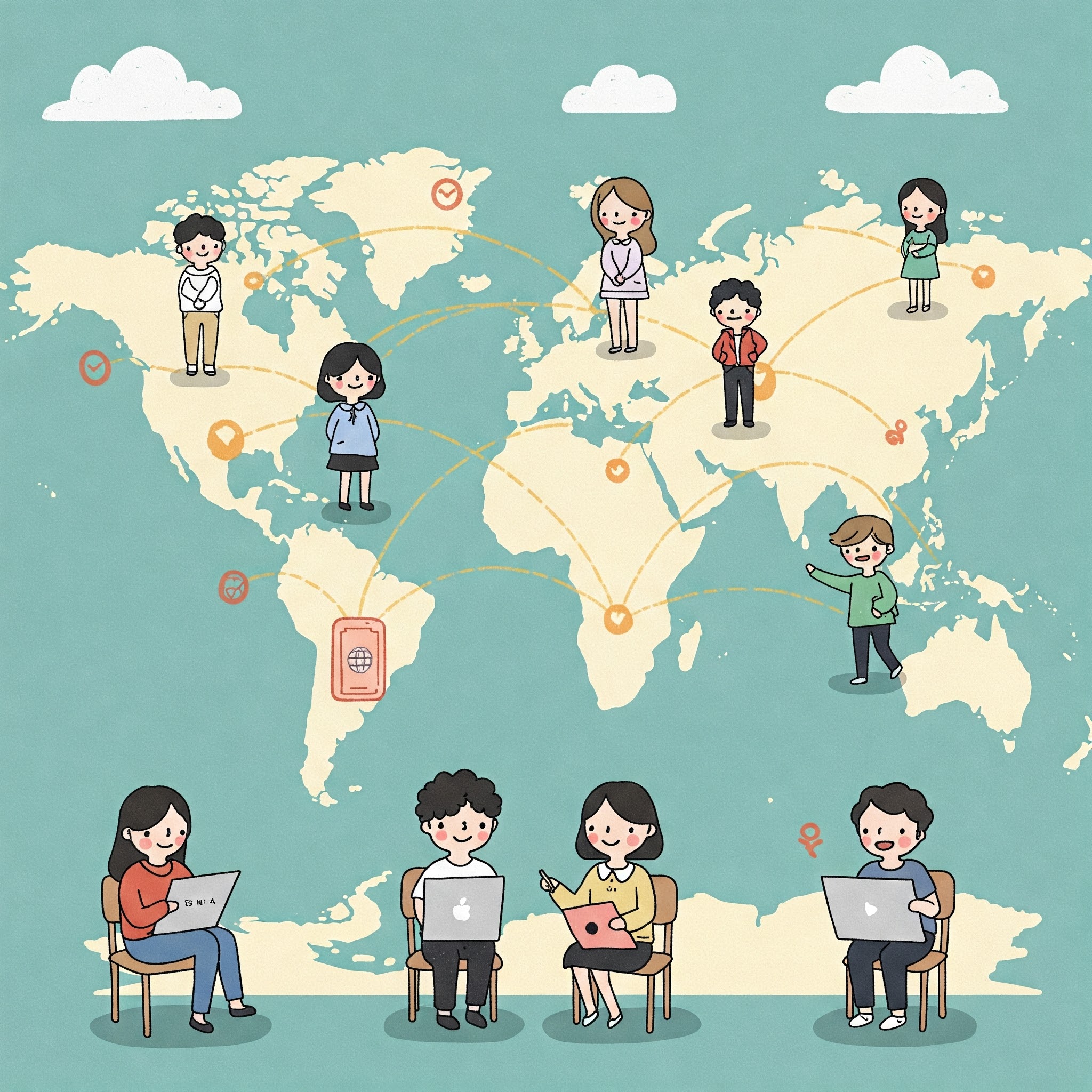Modern Web & Web 2.0
The HTTP Protocol
The World Wide Web relies on an underlying communication system called HTTP (HyperText Transfer Protocol). HTTP is a set of rules that browsers (clients) and servers use to talk to each other. For example, when you type a URL into your browser and press enter, the browser sends an HTTP request to the server, and the server finds the webpage and sends back an HTTP response. Your browser then displays the page. HTTP is a stateless protocol, meaning it does not remember anything from one request to the next. This initially made it difficult to have features like login sessions or shopping carts because the Web would not automatically "remember" you. To solve this, web developers started using cookies to help websites keep track of users and create more interactive, personal experiences.
Over the years, HTTP has been improved to handle the growing demands of the Web. After the original HTTP/1.0, a revised version HTTP/1.1 introduced persistent connections and became the standard for many years. More recently, HTTP/2 and HTTP/3 were developed to make web browsing faster and more efficient (MDN Web Docs, 2024). These newer versions allow multiple requests to happen in parallel and include other optimizations. Together with improvements in web browsers and server technology, these protocols help websites load quicker and support the rich content we use today. Security also became a priority; HTTPS (HTTP Secure) was introduced to encrypt data for safe online banking, shopping, and other sensitive activities.
Web 2.0 and Social Media
Around the early 2000s, the Web underwent a major transformation often referred to as Web 2.0. During this era, the Web shifted from a place where most people just read information into a platform where users could actively create and share content. New types of websites appeared, such as social networks, wikis, blogs, and video-sharing sites, that allowed anyone to publish content and collaborate with others (Christensson, 2008). Instead of just reading a news site, users were now posting on forums, commenting on articles, sharing photos and videos, and connecting with friends online. Websites like Facebook, YouTube, and Twitter, which emerged during the mid-2000s, became extremely popular and demonstrated how interactive and social the Web had become.
The Web Today and Beyond
Today, the World Wide Web continues to evolve as more people around the globe come online and use it in their daily lives. Each year, internet traffic grows as more devices and users connect to the Web (Cisco Annual Internet Report 2022). We now access the Web not just on desktop computers, but on laptops, smartphones, and even smart TVs. With each click or tap, an HTTP request and response happens in the background almost instantly, something we hardly even think about thanks to how seamless the experience is. It is remarkable that in just a few decades we went from simple text-only pages to a rich ecosystem of applications, videos, and social networks accessible at any time.
All of this is built on the foundations laid in the early days of the Web. Core technologies like HTML and HTTP are still at the heart of every website, though they have been refined and expanded. For instance, without HTTP as a common language between browsers and servers, we would not be able to load pages so easily across the world. Innovations like HTTPS have added important security, ensuring that our data stays safe as it travels the Internet. Looking back at everything from Tim Berners-Lee's first webpage to the explosion of user-generated content in the Web 2.0 era, it's clear that the Web has transformed tremendously. Understanding how the Web works and its history helps us appreciate how far we've come. The Web has become an essential part of daily life, whether we're sharing memes, streaming music, or doing schoolwork, and it will certainly continue to grow and change in the future.
